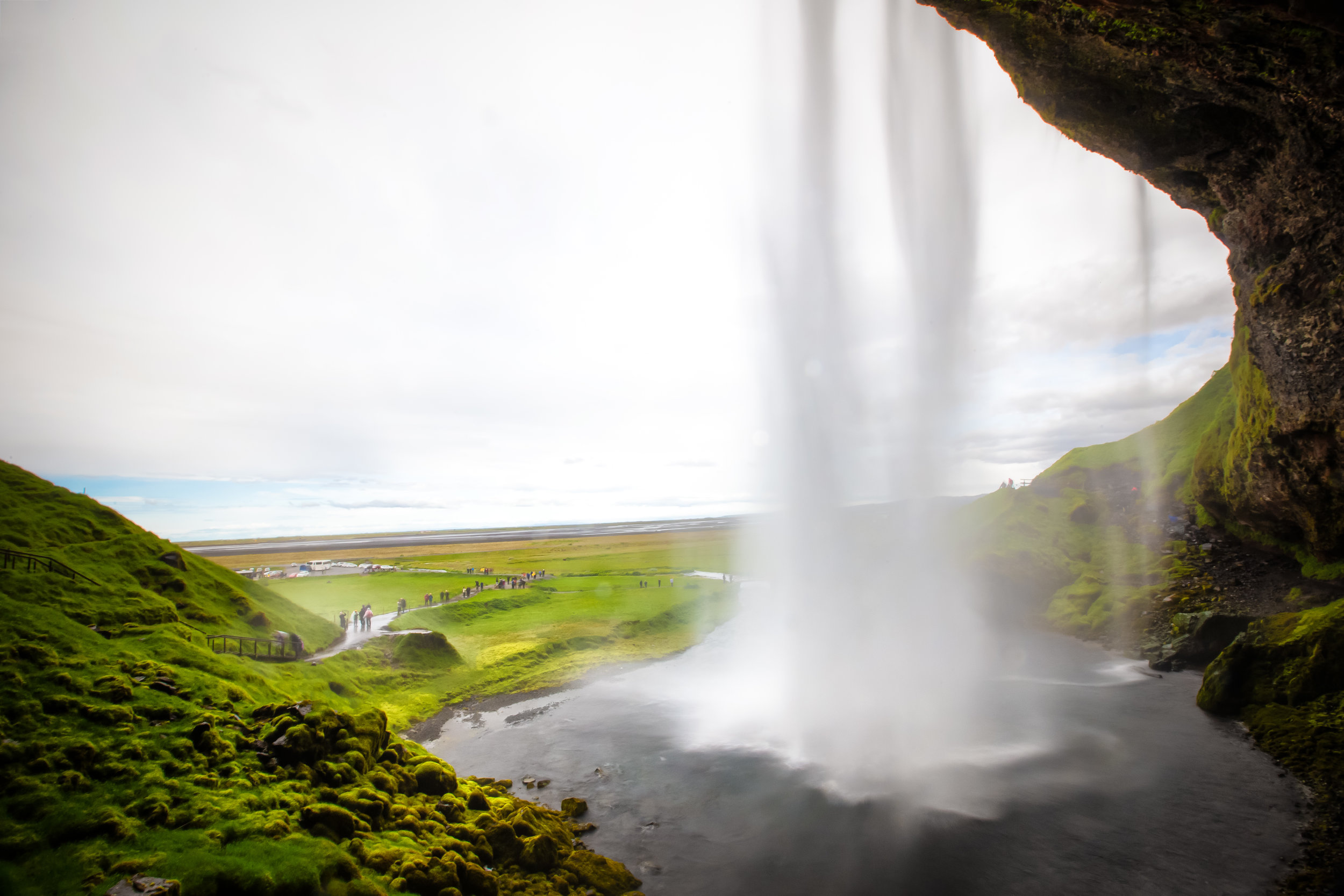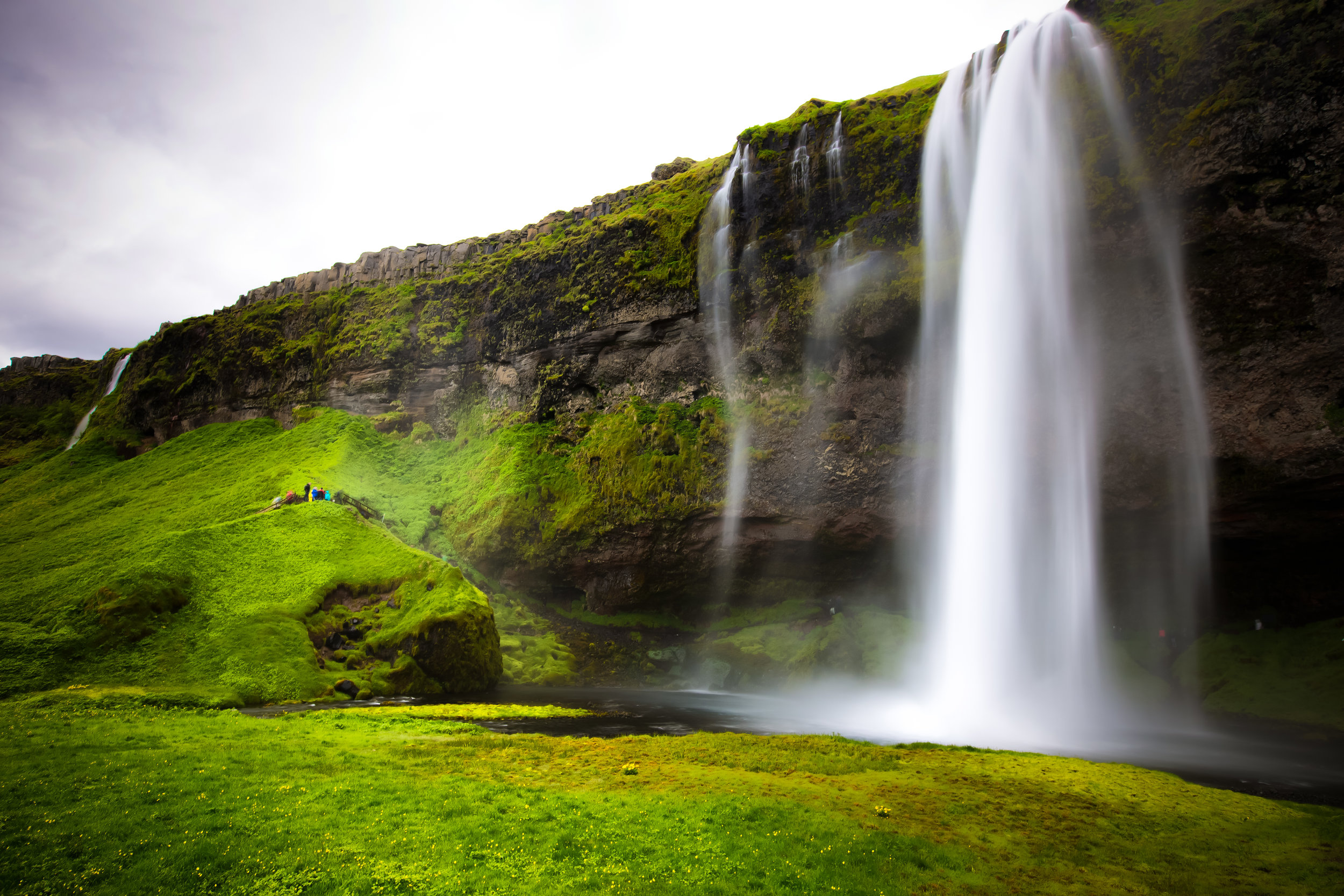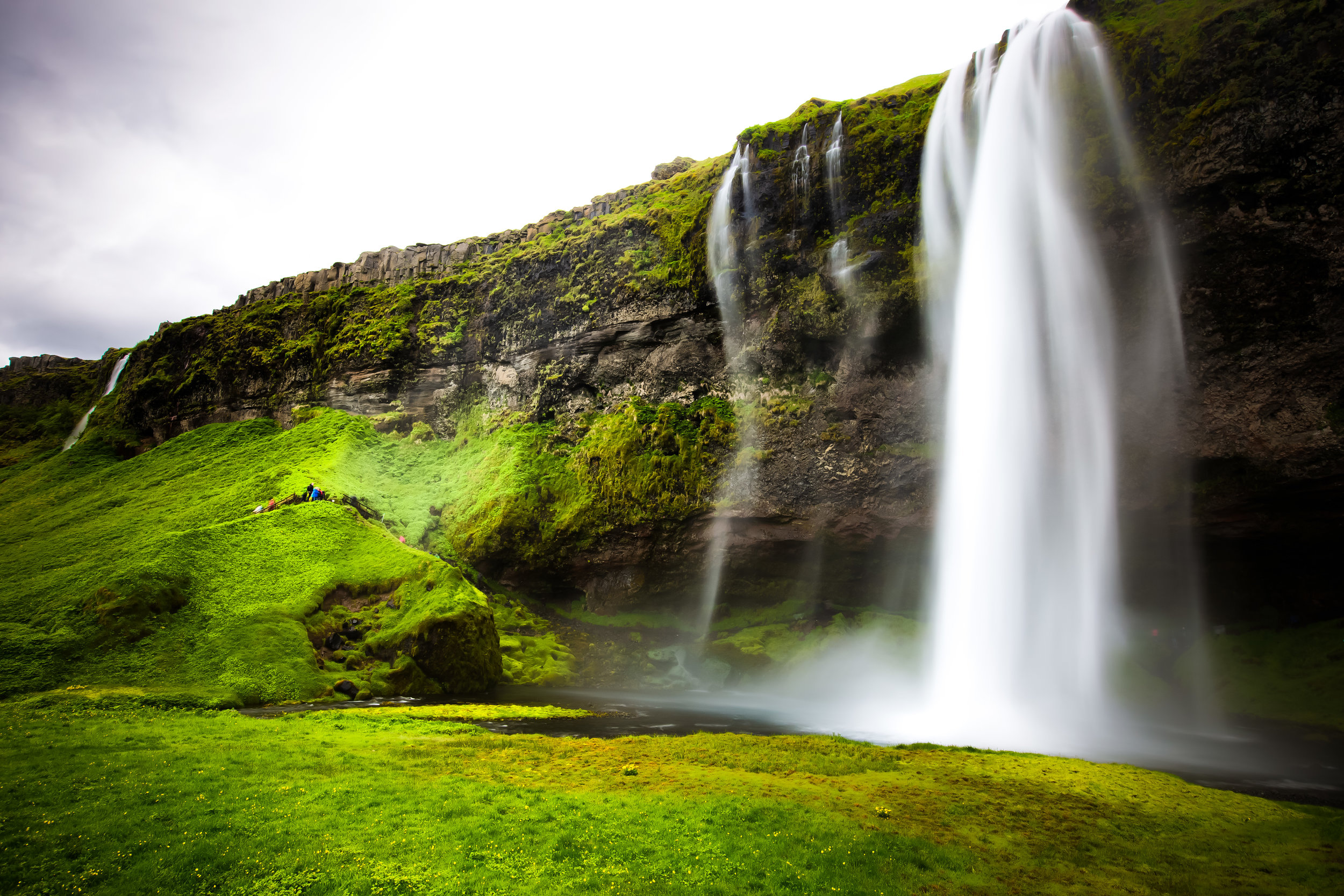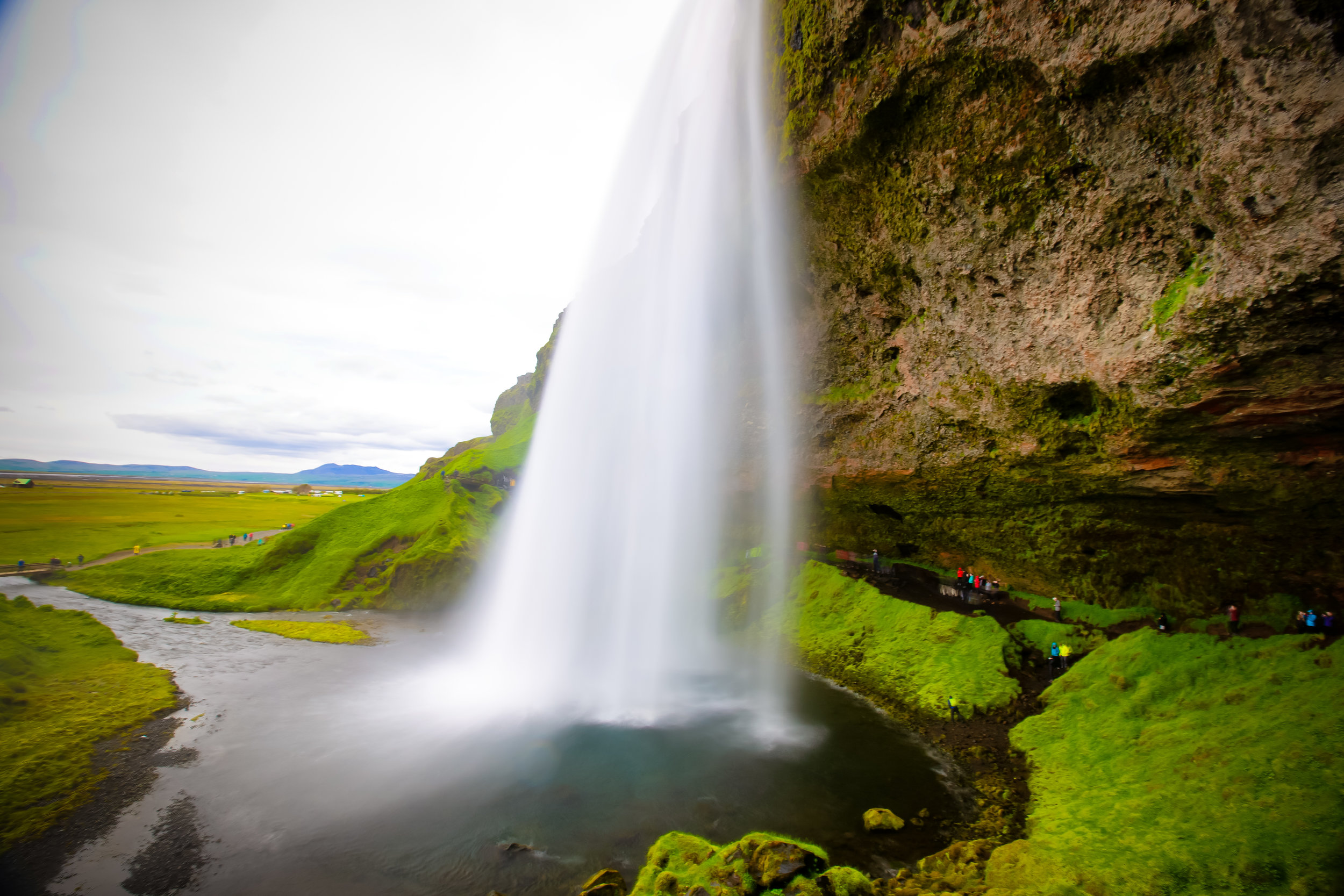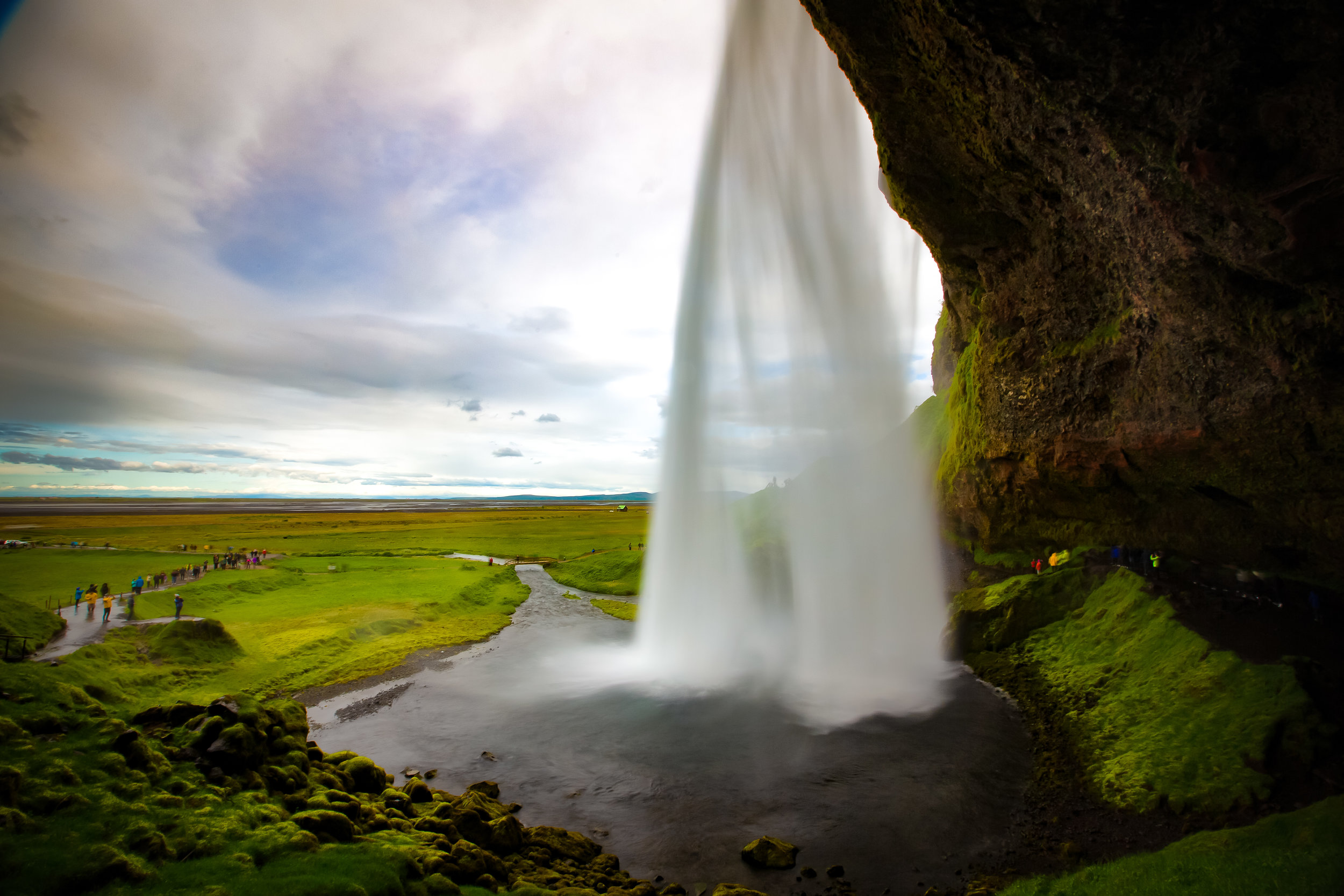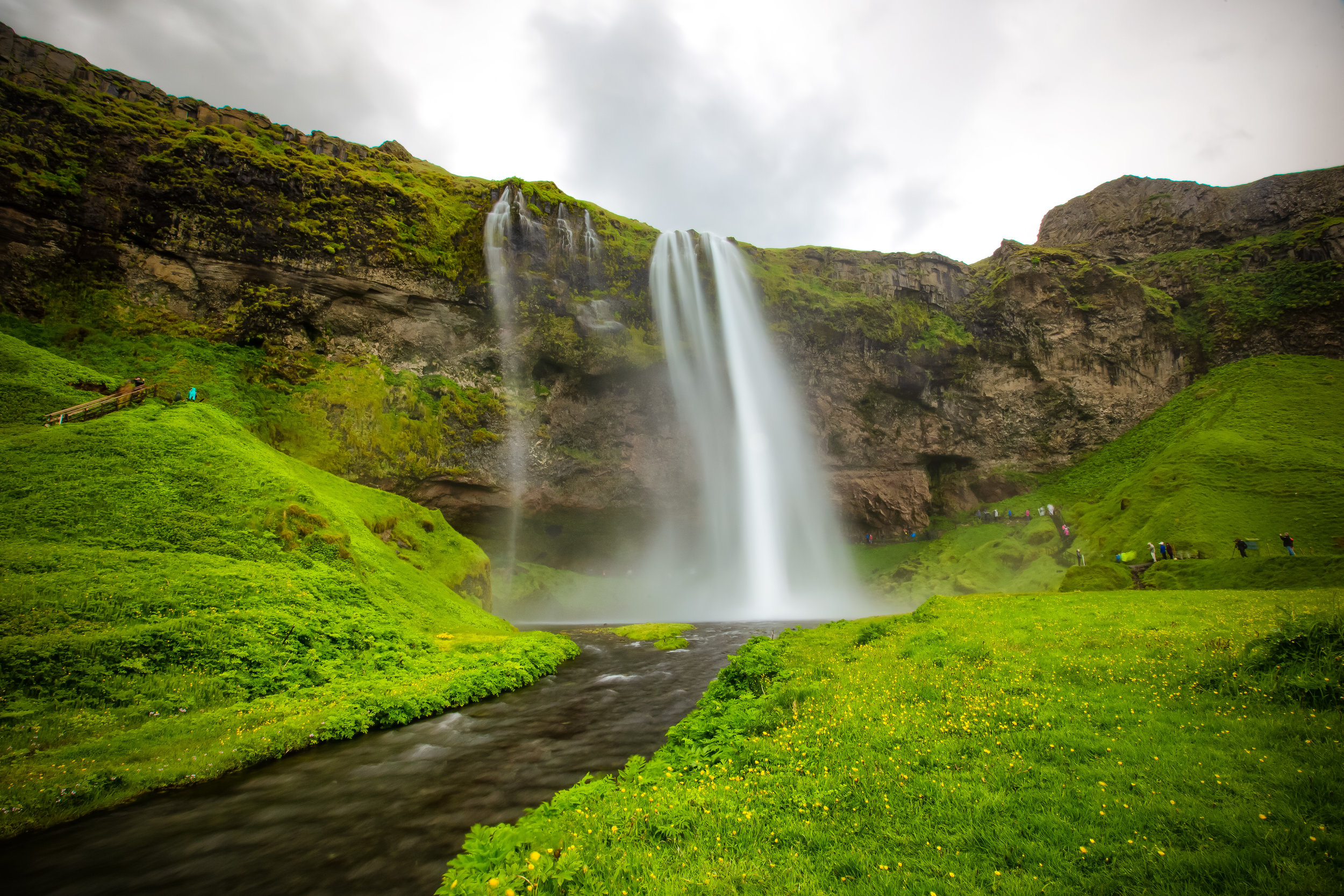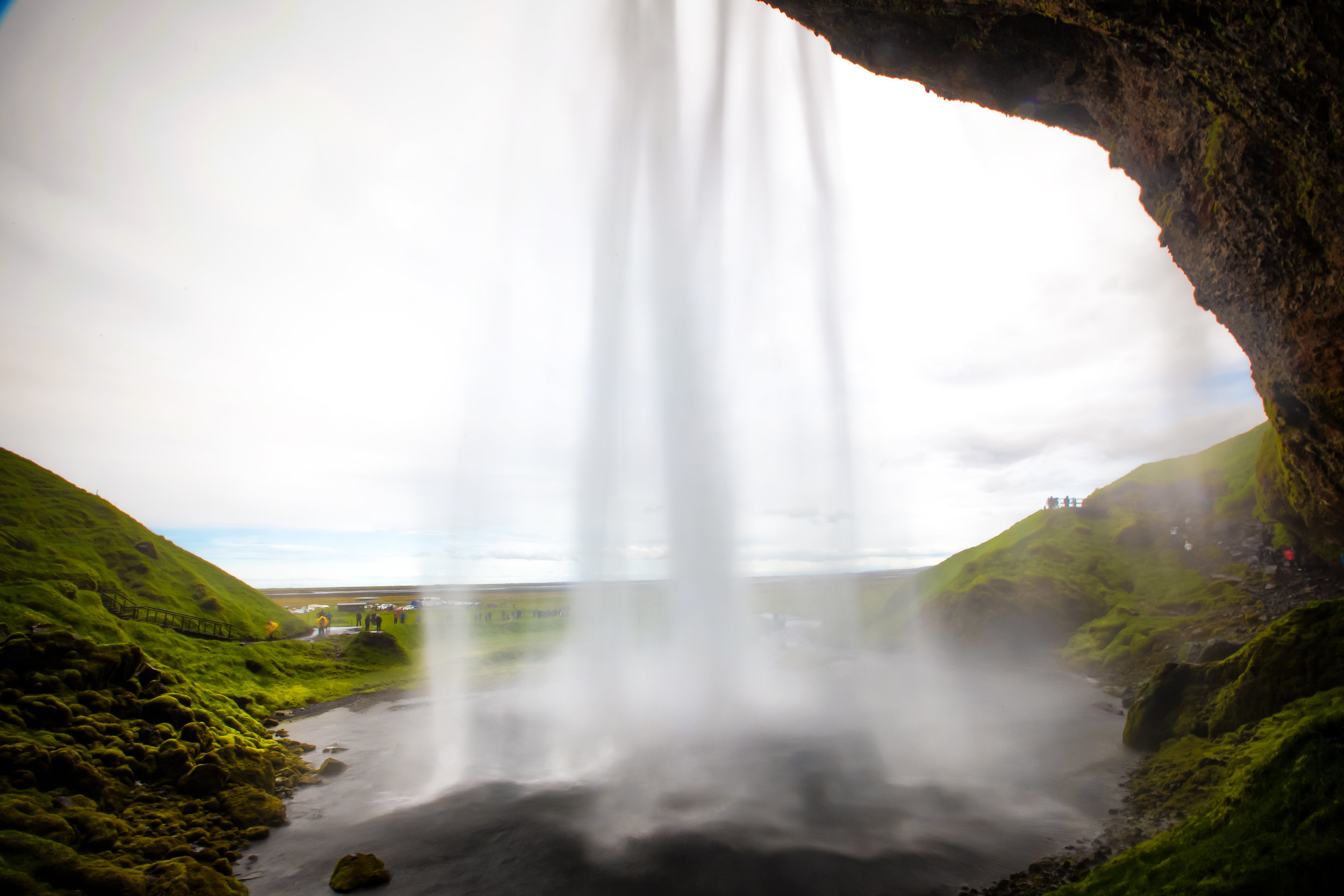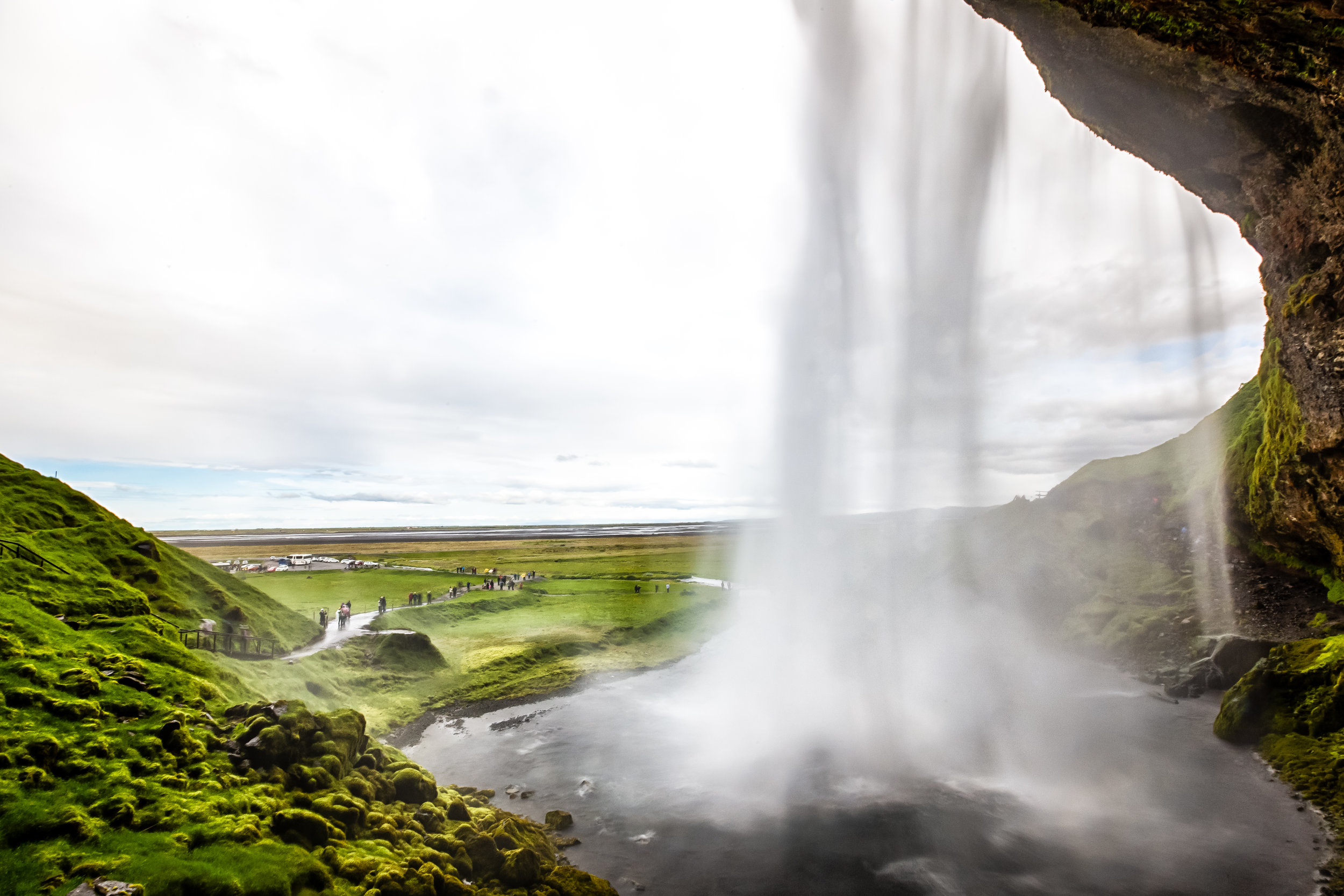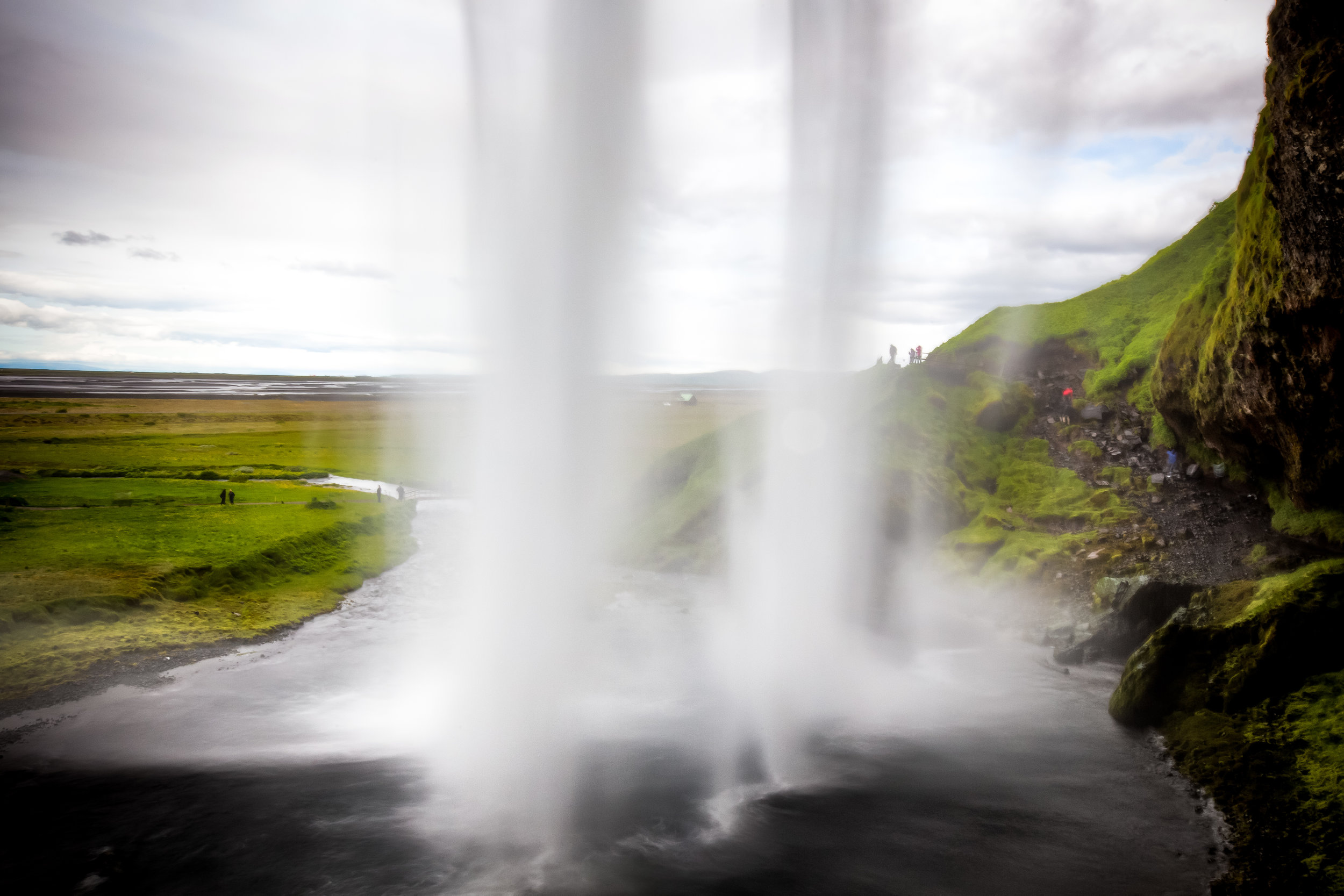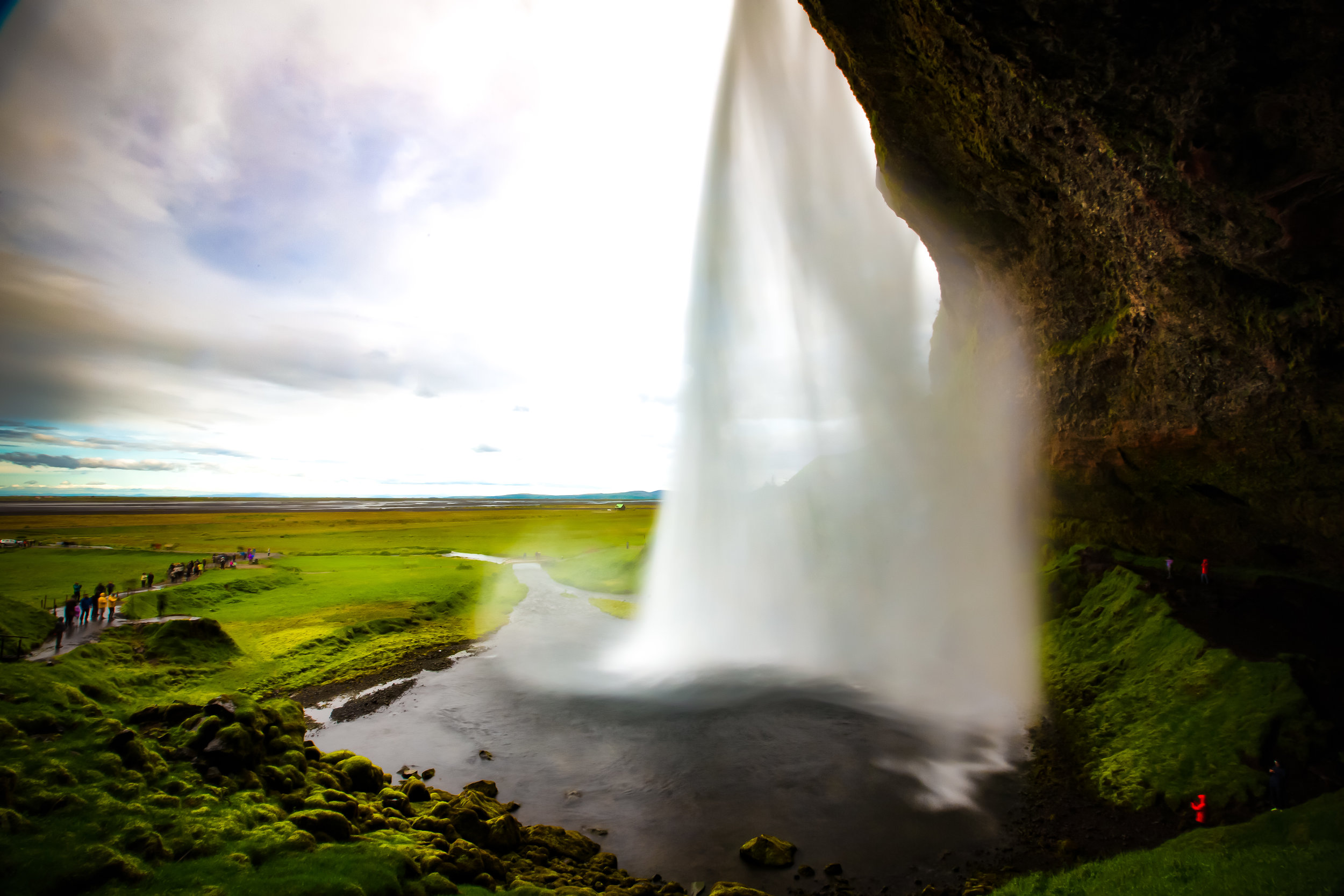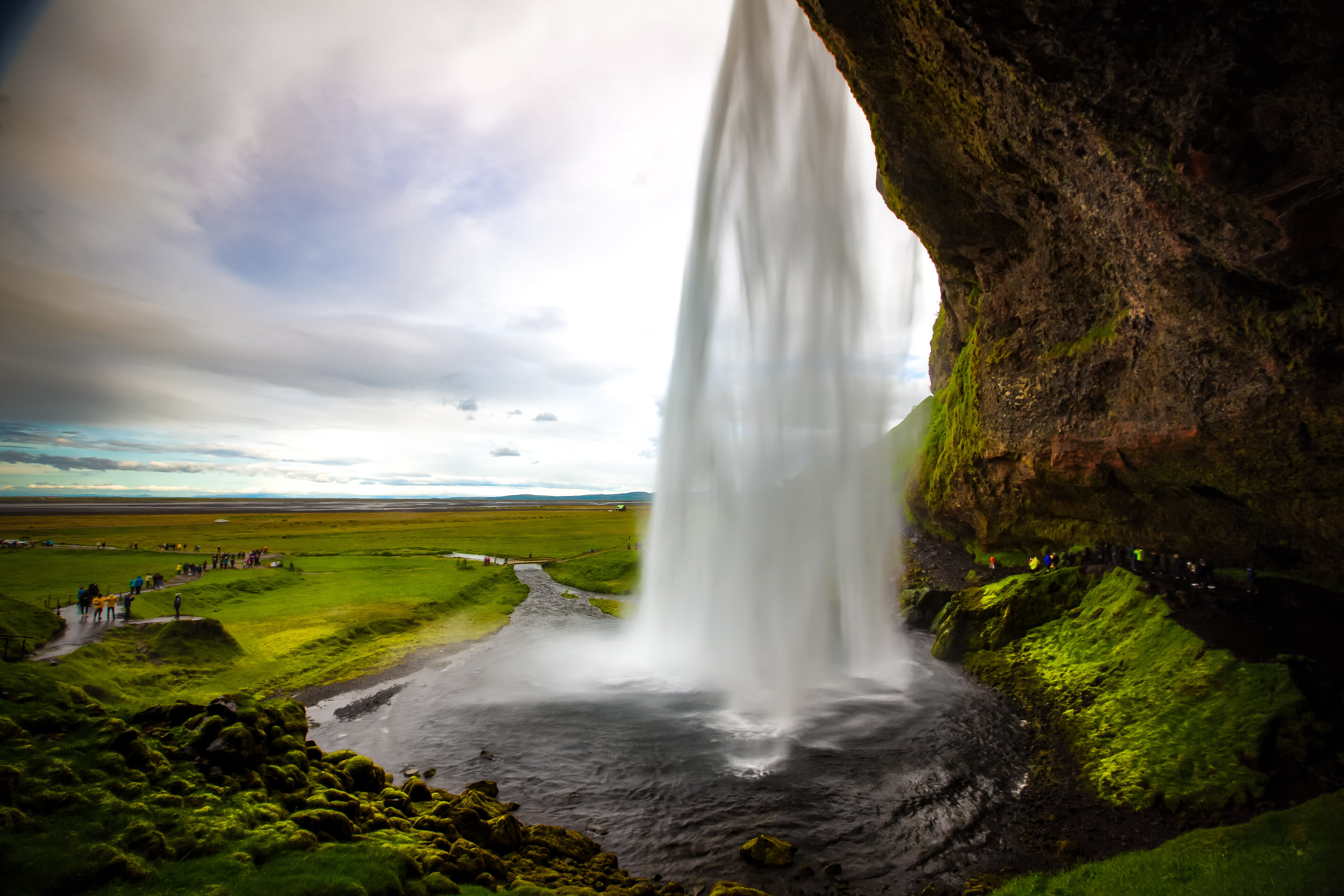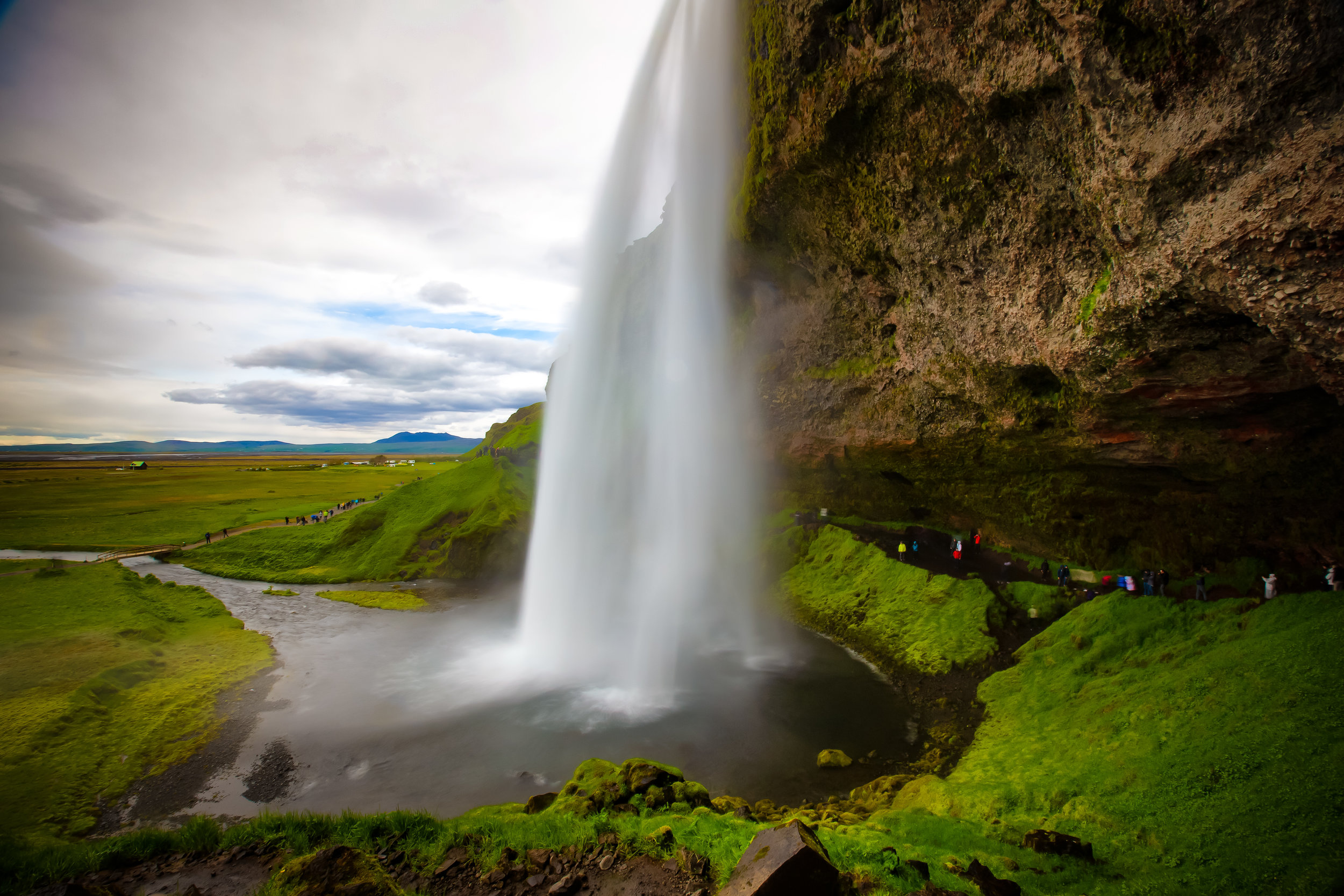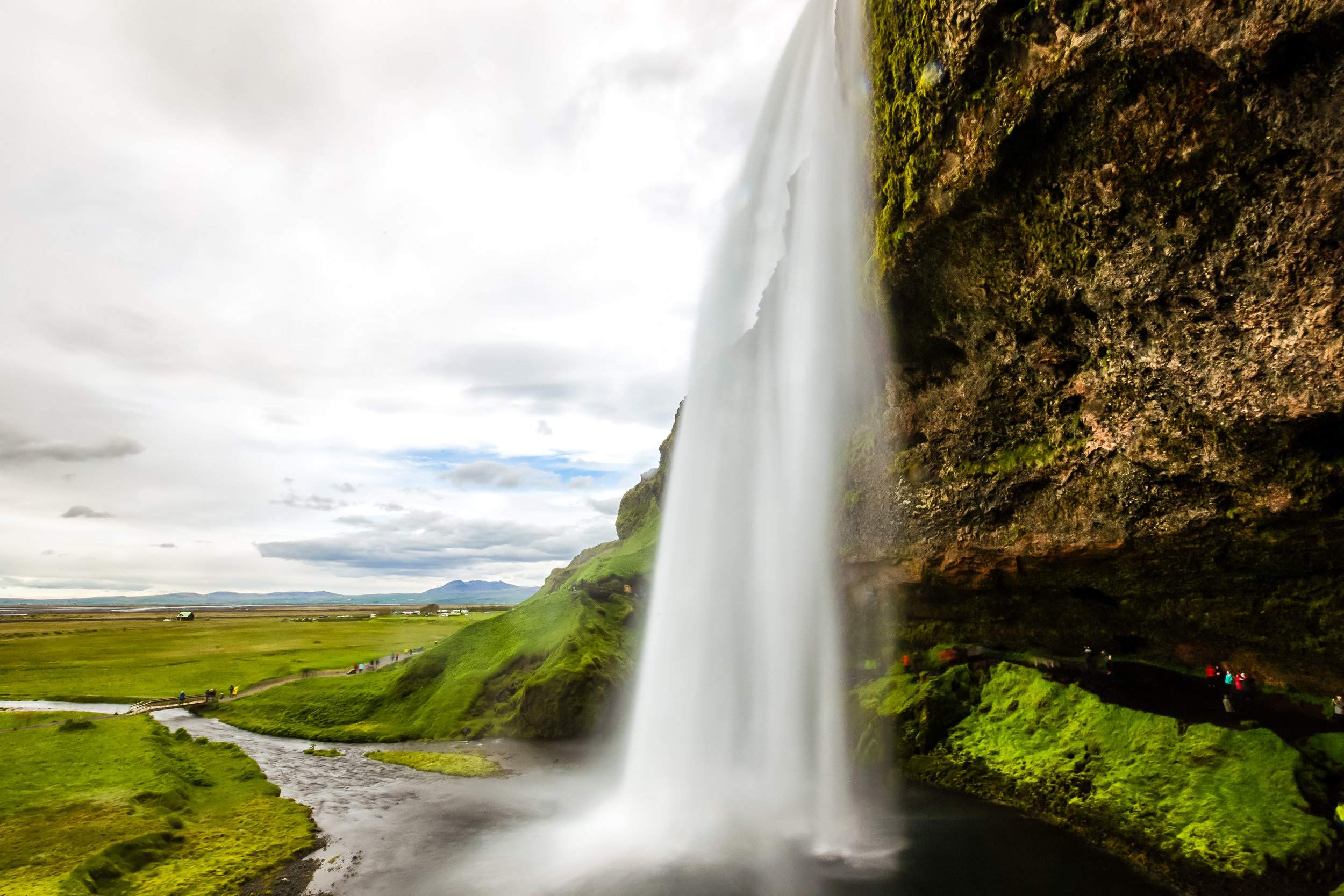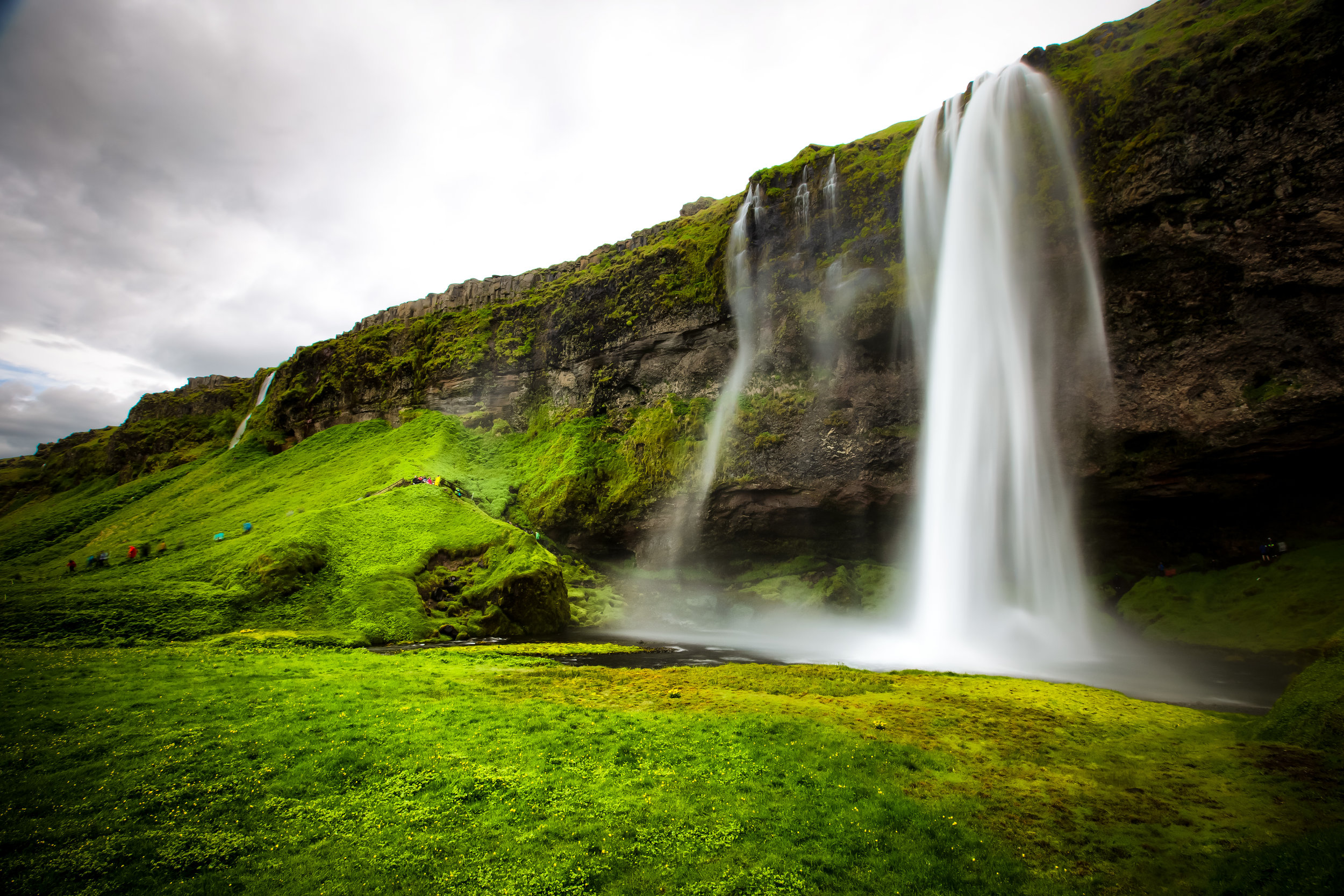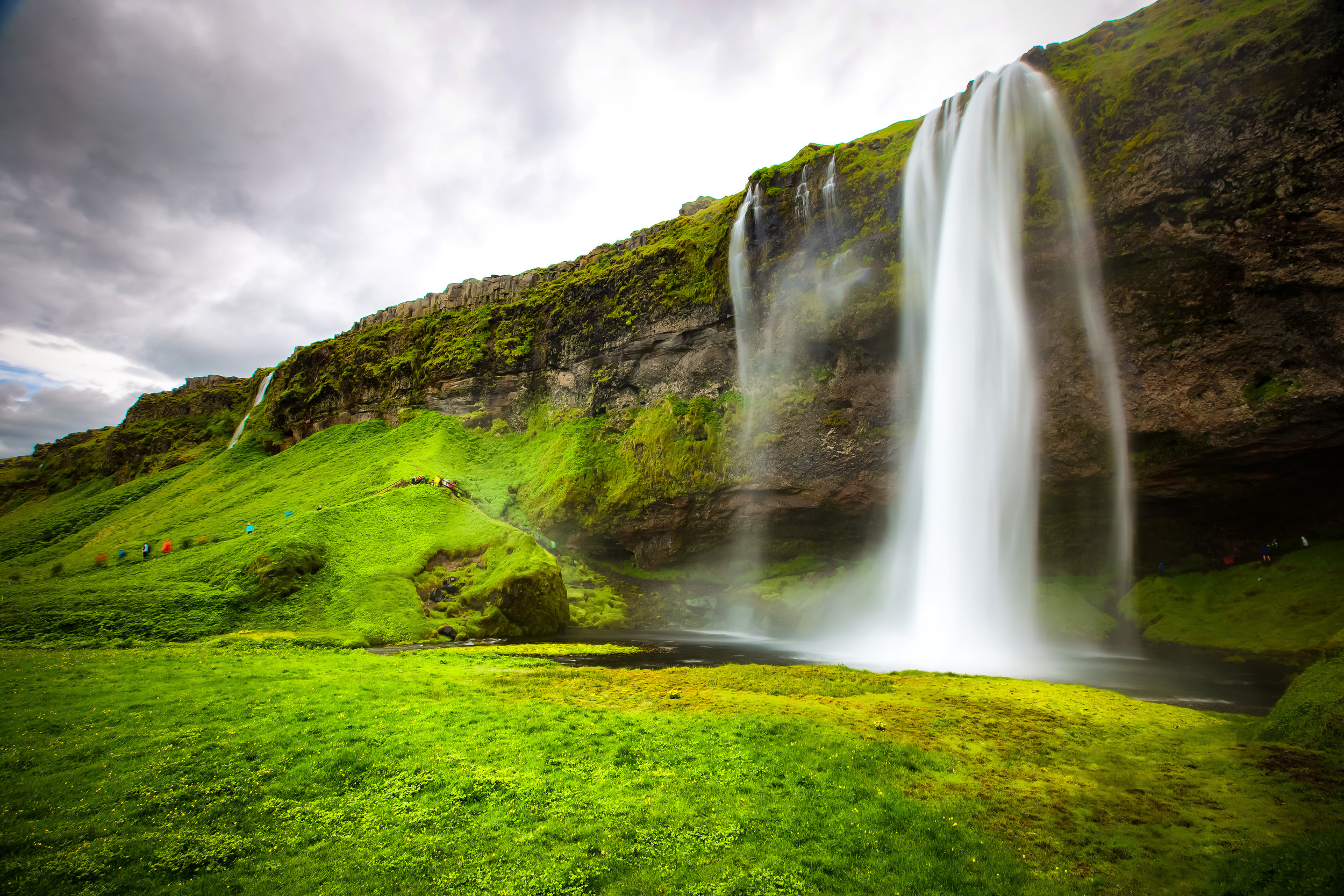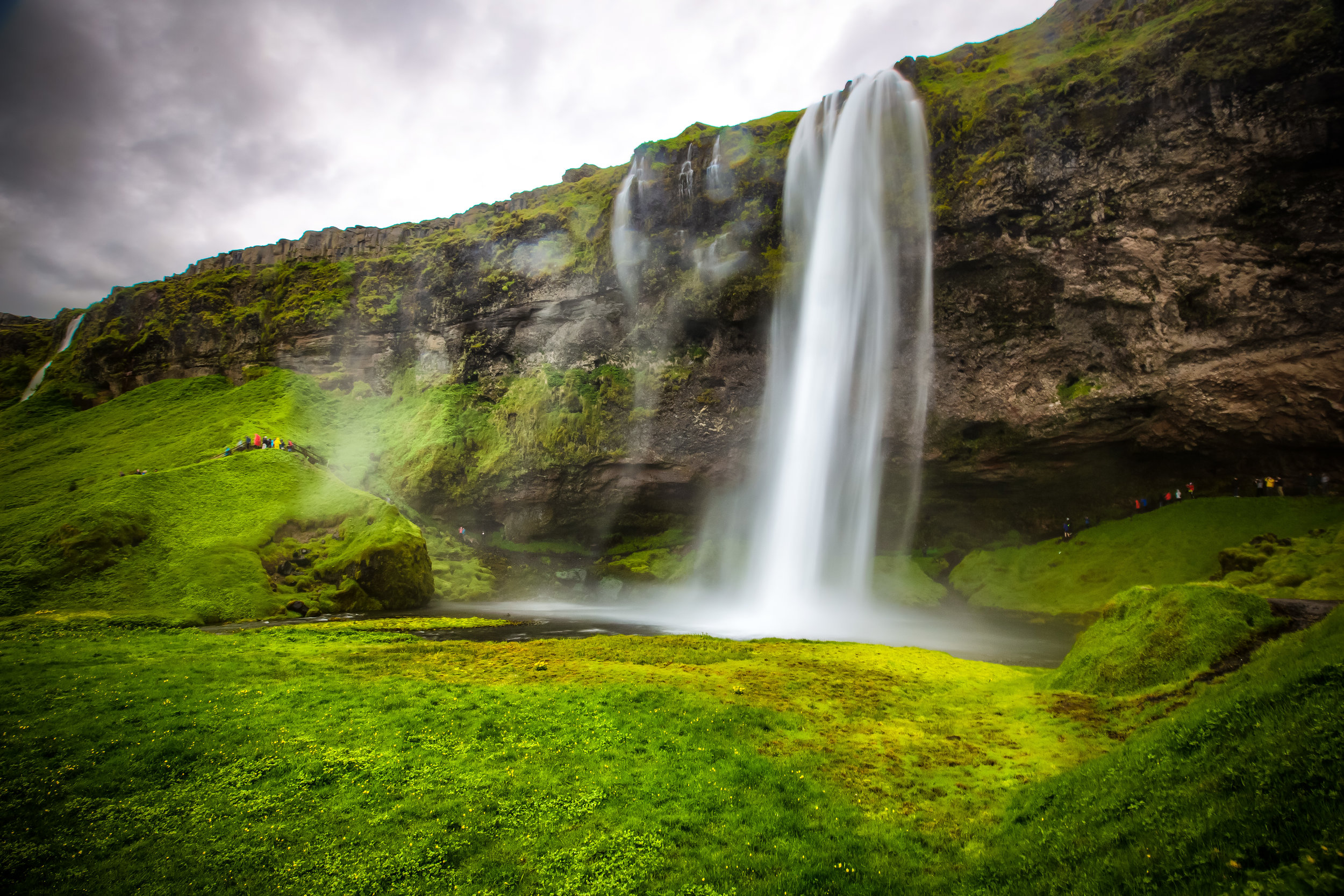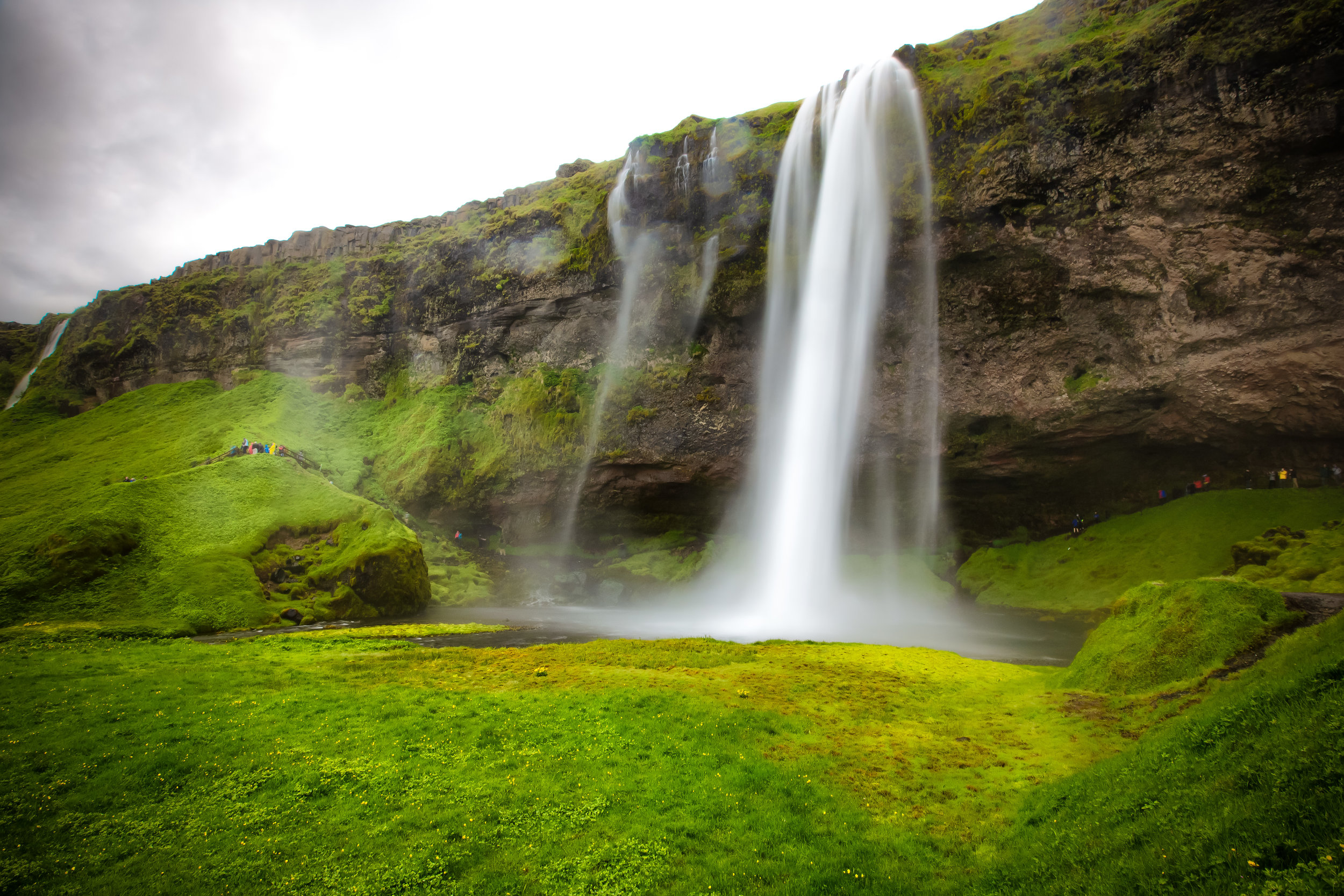After an exhaustive trip around Iceland, we arrived back in the capital city of Reykjavik for two nights of respite before flying out of the country and onto our next destination. The previous twelve days were a meticulously planned action-packed adventure enjoying some of the most beautiful landscapes you can find on this planet - and a lot of time driving..
We had started to plan our adventure more than six months before we even got on an airplane at London’s Gatwick Airport and ended up with an extremely detailed itinerary that ensured we made the most of our time in Iceland.
The last day and a half though? Yeah, we didn’t really plan that much.
We figured we’d be tired and we’d just mull about Reykjavik, check out a couple places of interest and possibly eat one of those famous hotdogs that everyone talks about (it was amazing).
Reykjavik isn’t really a large city and there isn’t all that much to see when you’re there, but if there is one thing that every tourist agrees on, its that a visit to the capital city’s iconic Hallgrimskirkja Church should definitely be on your list. The church, which is coincidentally the tallest building in the country is also Iceland’s most iconic structure and has become an image that has become synonymous with Reykjavik, defining the skyline of the capital city.
History
When we talk about the history of churches in Europe, we often think of places of worship that date back hundreds, if not a thousand years. The history of Hallgrímskirkja is much less complex - its actually only a few decades old and its story is easier to tell.
The history of the church starts with its designer, famed state architect Guðjón Samúelsson who played a key role in the urban planning of the Reykjavik and designing several other beautiful buildings throughout the country. Samúelsson, one of the first Icelanders to be formally educated in architecture was known for his genius combination of contemporary architectural styles with traditional Icelandic imagery that were inspired the landscapes and geology of the country.
The legacy created by Samúelsson designs have had a lasting effect on the shape of modern Iceland with many architects following in his footsteps, blending his style of modernism and naturalism into something that is intrinsically Icelandic.
With a collection of buildings already under his belt, Samúelsson was tasked with designing a parish church in the heart of Reykjavik which was envisioned to become the ‘grandest place of worship in the entire country’ and coincidentally also its tallest building.
Designs for the project were commissioned in 1937, but due to the disastrous effects of the Second World War, construction didn’t start until 1945. The delays in construction unfortunately ensured that Samúelsson would never live to see the finished product, which would become his most iconic.
Samúelsson passed away in 1950, five years after construction started, but the project which was completed in stages would ultimately take over four decades to complete.
Stages of Construction
1948 - The crypt, which is beneath the chancel was completed and consecrated.
1974 - The tower and the front wings were completed.
1986 - The nave was completed and the church opened to the public.
1992 - Construction and installation of the massive organ was completed.
Link: Historic Photos show Hallgrimskirkja church under construction 50 years ago.
Hallgrímskirkja opened to the public in 1986 to what would become mixed reviews from locals who considered it an eyesore and thought it far too old-fashioned. In the years since however, the church has become one of the city’s most iconic buildings and locals eventually warmed up to it.
What’s in a name?
I’m sure that the whole time you’ve been reading this, you’ve seen the word “Hallgrímskirkja” pop up and you’ve been thinking to yourself, “How am I supposed to pronounce this?” and “What does it even mean?”
Well, I don’t speak Icelandic, so I’m clearly not an authority, but apparently it’s pronounced: “Hal-Grimes-Kirk-Yow” (ˈhatlkrimsˌcɪrca) and translates to “Church of Hallgrímur“ in English.
Don’t take my word for it though, if you really want to solve this linguistic mystery, learn from a pro that speaks the language with this helpful article and video: Iceland with a view - How to Pronounce Icelandic Words.
So who is Hallgrímur?
Hallgrímur Pétursson (1614 - 1674) was a renowned Icelandic poet, politician and clergyman who most notably wrote the “Passíusálmar“ or the “Passion Hymns”, a collection of 50 poems which chronicle the last days of the life of Jesus. The poems are a significant work of Icelandic literature and it has become tradition for them to be read in almost every home (and is broadcast on radio and television) every year during the Easter holidays. One of the Icelandic Lutheran churches most prominent figures, it is only fitting that the most important place of worship in the country be named after him.
In Iceland, the Lutheran Church is known as the Church or Iceland, or the “National Church” (Þjóðkirkjan) and consists of over 300 churches providing a place of worship for its 250,000 members. Interestingly though, even though Hallgrimskirkja is the largest, it is not the headquarters. The Bishop of Iceland lives much more modestly in the much smaller, but more historic Reykjavik Cathedral, which is only a short distance away.
Design
As mentioned above, residents of Reykjavik weren’t really all that thrilled about the design of the church. Even before it was completed, it was considered an “old-fashioned” eyesore that was designed to resemble an already outdated style of architecture.
Eventually they came around and started to see the genius in its design.
The genius in the design of the church cannot be underscored - Not only does it take inspiration from from the basalt columns found at Southern Iceland’s Black Beach and Svartifoss Waterfall, it does so in a way that also evokes an image of both a geyser rising to the heavens and that of the pipes of a church organ.
Once you realize the inspiration for the design and what it represents, you can’t help but respect its genius.
The 74.5 meter (244 ft) tower, which also serves as an observation desk rises high above every other building in the capital city. Its height is actually one of the reasons why people weren’t really too thrilled about it. Similar to the Eiffel Tower in Paris, there are few places you can go in Reykjavik where you won’t catch a glimpse of the church.
The interior, which encompasses 1,676 square meters, is a bit more subdued in its design and truthfully doesn’t really pop out at you like many of Europes other churches do. If you’ve seen the Lord of the Rings films, you might imagine the interior of the church resembling Gondor’s Minas Tirith castle which is also a simple stone hall with very little colour or warmth.
The interior keeps with traditional gothic-style cathedral architecture with large pillars rising up from the walls in order to support an arched ceiling. Staying true to Lutheran tradition which stresses simplicity, you’ll notice that there is a lack of decorations or designs on the walls throughout the interior. The lack of distinct colour or decoration is part of what adds to the feeling that you’re in an ice castle rather than a giant church.
The one feature of the interior of the church that stands out from everything else is the large pipe organ - Installed by the famed German organ designer Johannes Klais, the organ consists of over 5000 pipes, weighs over 25 tons and is 15 meters tall. Completed in 1992, it has become one of Hallgrimskirkja’s most prominent features making the church a popular site for musical performances.
If you visit Hallgrimskirkja and are expecting to see something like some of the other popular places of worship in Europe like Westminster Abbey or Archbasilica of St. John Lateran, you’re sure to be disappointed. The beauty of Hallgrimskirkja however is not for its lavish displays and decorations, but its adherence to traditional design while making it something that is truly Icelandic.
Getting There
Address: Hallgrímstorg 101, 101 Reykjavík
The area near the church is part of the popular downtown core of the city where you’ll find the best places to eat, drink and shop. Suffice to say, finding parking can be quite difficult and the church is located near the city’s most expensive parking zone. Keep in mind that parking in the city is scaled based on how close you are to the city centre.
Link: Reykjavik Parking Zones
If you’re not driving and want to make use of Reykjavik’s excellent public transportation system, there are several bus routes that will get you to the church. You’ll need to keep in mind though that the closest bus stops are at least a ten minute walk from the church.
Bus Link: How to get to Hallgrimskirkja by Bus
If you plan to do a bit of exploring around the city, your best bet is probably just to walk to the church. This way you’ll save yourself from getting stuck in traffic, wasting a bunch of time searching for a parking spot and a bunch of money on the parking meters. You’ll also get to enjoy the sights and sounds of this quaint little city and its wonderful people.
Visiting the church is free of charge, but if you’d like to check out the view of the city from the observation tower, you’ll have to pay an admission fee of ISK 1000 ($8.00 USD) to take the lift to the top. You can purchase your tickets in the church shop but the hours for the observation deck can be a bit difficult to understand, so make sure to check the website before going. We unfortunately missed out on the tower on the day we visited due to construction work on the elevator, which was really unfortunate!
Hallgrimskirkja and its popular observation tower are probably the most widely visited tourist destinations with Iceland’s capital city. The iconic church, while not all that old is a spectacular example of Icelandic architecture and is a design that gives a nod to the country’s spectacular landscape.
Most tourists who visit Reykjavik will find spend a bit of time enjoying the church and the amazing 360 degree views from the observation tower, so if you find yourself in the city don’t miss out on the opportunity to visit.






























